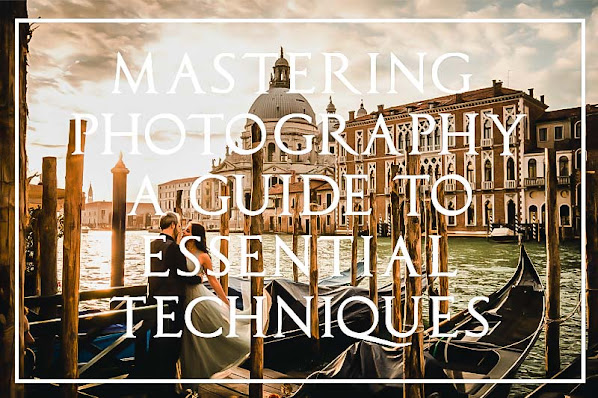Cinematic Photography & Storytelling

Using Framing and Lighting for Film-Like Compositions Directing Subjects for Storytelling Impact Introduction Cinematic photography is more than just applying color grading or adding letterbox bars to an image. It’s the art of telling a story visually , capturing moments with film-like composition, intentional lighting , and subject direction . This guide dives deep into the techniques professionals use to achieve cinematic impact—whether you’re shooting portraits, street scenes, or lifestyle imagery. The goal: turn every frame into a narrative . 1. What Makes a Photo Cinematic? The cinematic look arises from a combination of composition, lighting, color, and emotional tension . Cinematic photos often resemble movie stills. They pull the viewer into a moment, suggesting that something happened before—and something is about to happen next. Core Features of Cinematic Photography: Framing that evokes emotion . Controlled lighting to sculpt the subject and mood . Colo...



